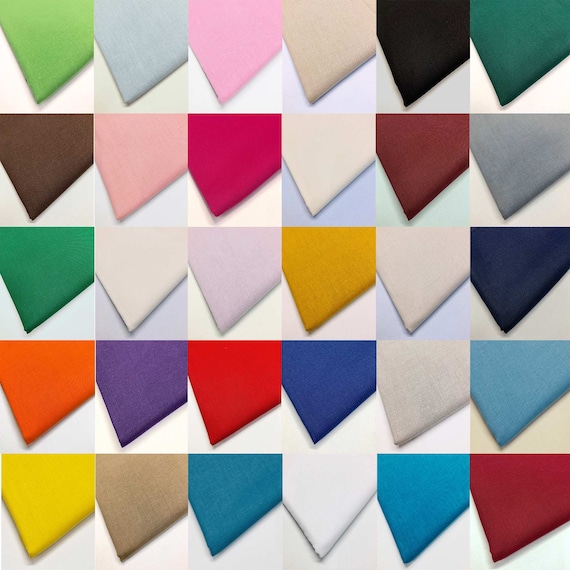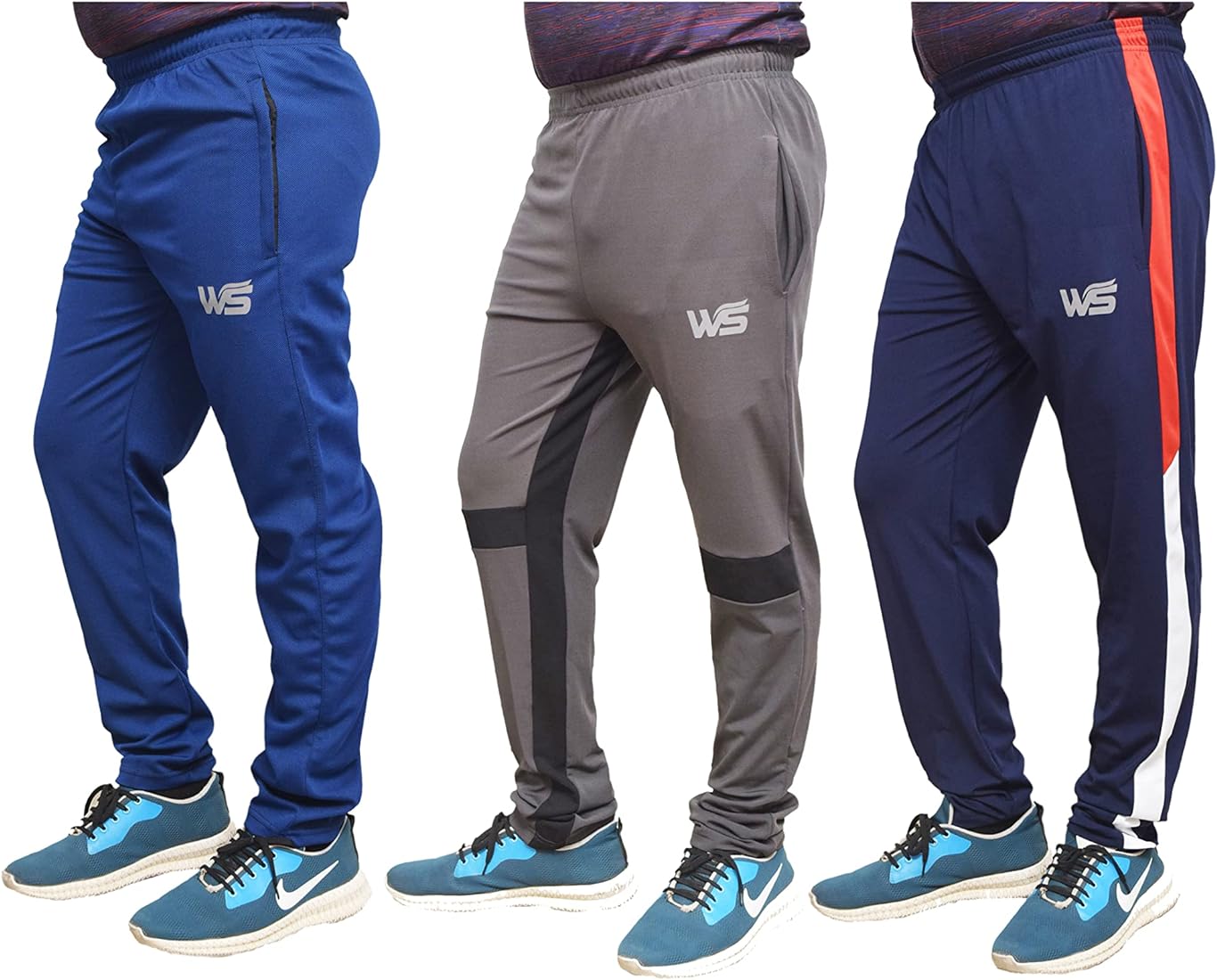When it comes to physical activities or hot weather, sweating is inevitable. However, not all fabrics are created equal when it comes to managing sweat and keeping you comfortable. In this comprehensive guide, we will explore the best fabric options for sweating, taking into consideration factors such as breathability, moisture-wicking properties, and overall comfort.
- Moisture-Wicking Fabrics:
Moisture-wicking fabrics are designed to pull sweat away from your skin and onto the fabric's surface, where it can evaporate more easily. These fabrics are often made from synthetic materials such as polyester or nylon. They have excellent moisture management properties, allowing you to stay dry and comfortable during intense physical activities. Look for garments labeled with terms like "moisture-wicking," "quick-dry," or "performance fabric." - Natural Fibers:
While synthetic fabrics excel in moisture-wicking, natural fibers also have their advantages. Cotton, for example, is a breathable and absorbent fabric that can help absorb sweat. However, it is important to note that cotton tends to retain moisture, which can make it feel heavy and uncomfortable when saturated with sweat. For this reason, it is best to opt for cotton blends or fabrics with added technologies that enhance moisture-wicking capabilities. - Merino Wool:
Contrary to popular belief, wool can be an excellent choice for sweating. Merino wool, in particular, is a natural fiber that offers exceptional moisture-wicking properties. It can absorb large amounts of moisture without feeling wet or clammy, making it ideal for both hot and cold climates. Additionally, merino wool has natural odor-resistant properties, keeping you fresh even during intense workouts. - Synthetic Blends:
Many fabric manufacturers combine synthetic fibers with natural fibers to create high-performance fabrics. These blends often offer the best of both worlds, combining the moisture-wicking properties of synthetics with the breathability and comfort of natural fibers. Look for fabrics that blend materials like polyester, nylon, spandex, or elastane with cotton, bamboo, or merino wool. - Mesh and Ventilated Panels:
In addition to choosing the right fabric, garments with mesh or ventilated panels can greatly enhance breathability and airflow. These panels are strategically placed in areas where sweat tends to accumulate, such as the underarms or back. By allowing air to circulate more freely, these garments help to regulate body temperature and keep you cool and dry.
Conclusion:
When it comes to choosing the best fabric for sweating, it's essential to prioritize breathability, moisture-wicking properties, and overall comfort. Fabrics like moisture-wicking synthetics, natural fibers, merino wool, and synthetic blends offer excellent options for managing sweat effectively. Additionally, garments with mesh or ventilated panels can further enhance breathability. By selecting the right fabric and design features, you can stay comfortable and dry, even during the most intense workouts or hot weather conditions.



